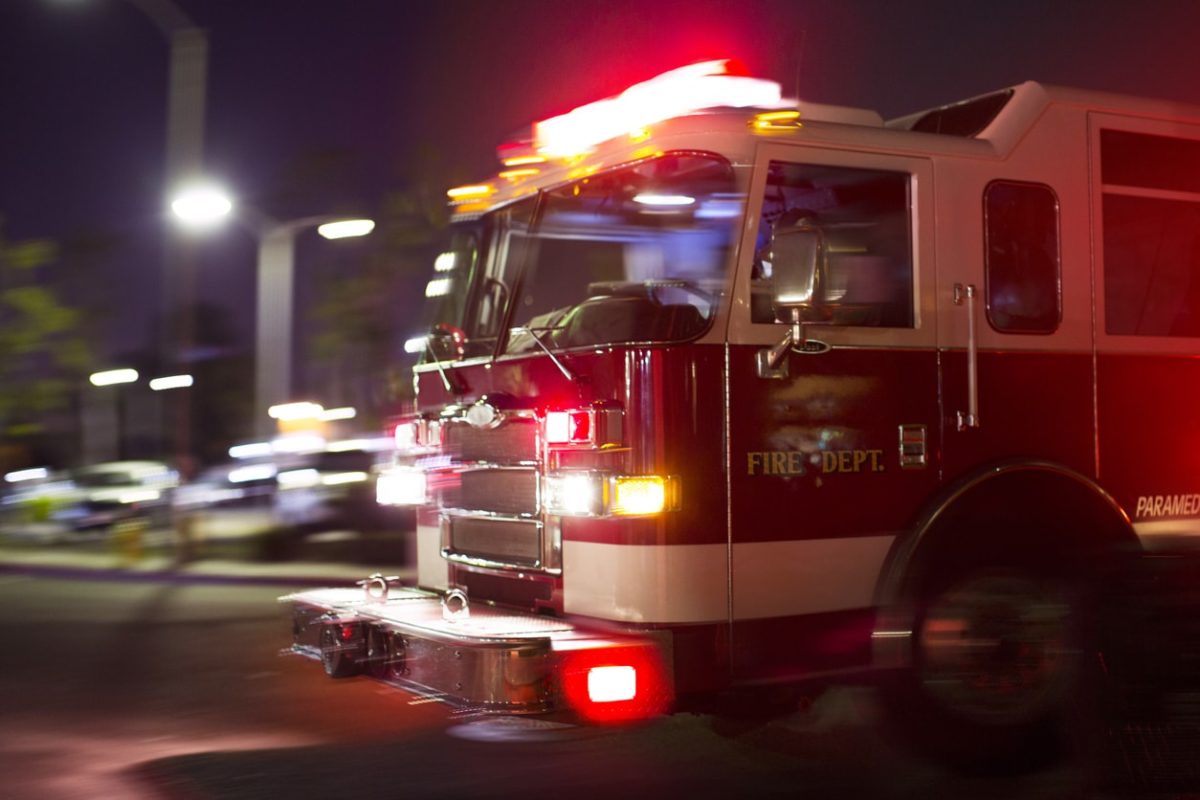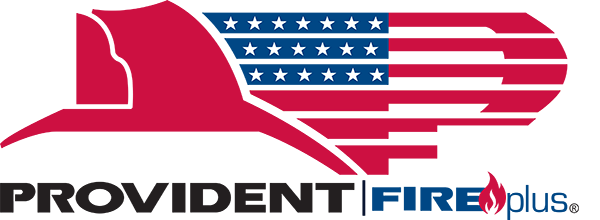
No fire department expects a crash, but it is even more of a devastating event when the department is not prepared. Have a policy, procedure and training in place to begin a post-crash investigation immediately following the crash.
Reducing the likelihood and severity of vehicle crashes and minimizing the consequences of crashes should be the objective of any crash-prevention program. The pre-planning phase should prepare members for a crash, which includes:
- Ensuring members know how to complete the crash report forms.
- Ensuring report forms and crash-scene instructions are readily available in each vehicle.
- Developing a strategy for firefighters and officers to use to discuss any crash with an investigator. (Including a crash-scene checklist).
- Ensuring members know what to do when involved in a crash. (Promptly reporting to the dispatch center and insurance carrier.)
- Establishing procedures outlining what management personnel must respond to a crash.
Immediate Actions
Report a crash to the dispatch center immediately. Dispatch will record the conversation, which begins the documentation process.
Radio reports should include:
- Unit number
- Crash location
- Extent and nature of injuries
- If medical assistance is required
- If a cover-up apparatus assignment is needed
- If the wrecked vehicle is drivable
Different levels of management may be needed to respond depending on the severity of the crash. In volunteer departments, the fire chief or an assistant chief should respond.
In career departments, the shift supervisor and safety officer should respond. Crashes with (or potential for) serious consequences should have several layers of management and legal counsel included in investigation.
Where serious injury or death has occurred, procedures should include:
- Notification of members of senior fire service leadership, particularly chief officers with non-line responsibilities, such as logistics, support services or training.
- Chaplain services or critical incident stress response team if available.
- Fleet management.
- Liaison personnel with senior local government leadership.
At the Scene
Those involved should initiate appropriate medical assistance as needed. Once necessary medical treatment is provided to involved civilians, the crew be isolated from the public, other parties involved, and media. Crew members should not discuss the crash with anyone other than fire and police representatives.
Do not move the vehicle unless it is creating a traffic hazard, and therefore photograph or sketch the position of all vehicles prior to moving. Obtain the names, addresses and phone numbers of all witnesses.
Fire lead officials should be responsible for initial crash investigation. Unless serious injury require transportation to a medical facility, all reports must be collected before those involved and witnesses are released from the scene.
Investigation Goals
You’ll have a small window of opportunity to collect necessary information, providing the investigators with the answers to these questions:
- Why did the crash happen?
- How did the crash happen?
- Who’s at fault?
- What will happen to prevent crashes of a similar nature?
Prompt investigation of a crash must be upheld from your department’s risk management. Make changes to department policies, procedures and equipment to prevent future crashes.
As one final note, it is absolutely crucial for fire departments and emergency responders to have a Commercial Auto insurance program in place to cover these types of incidents.
About Provident FirePlus
At Provident FirePlus, we offer custom tailored packages to best protect firefighters and volunteer firefighters. We understand the risks that emergency response teams are subjected to on a daily basis, and have worked to serve these dedicated professionals for over 87 years. For more information about our products and policies, we invite you to contact our experts today at (800) 447-0360.

